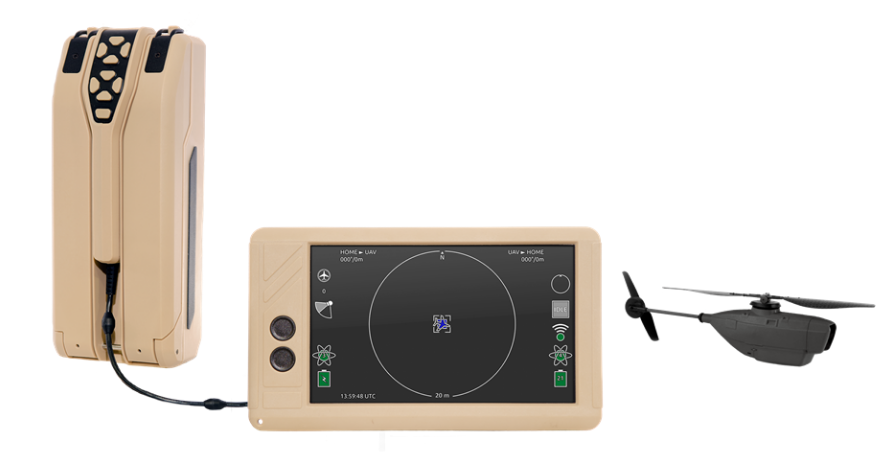By Jon Gabay, contributing writer
Miniaturization is a fascinating art. From figures and models to complex electronics, the things that can be accomplished, even with simple tools, are nothing more than breathtaking at times. We’ve witnessed in the span of one lifetime, for instance, over a 1,000,000-fold reduction in the size of electronics in going from vacuum tubes to transistors on an integrated circuit. And it’s thanks to electronics miniaturization that we now have mobile spybots, such as cell phones and drones.
No greater invention to allow anyone to spy on you from anywhere has ever been created than the cell phone. We hear all the time that cell phones (and the internet) are not secure and that data can be stolen or manipulated at will by those who know how. How many governments, corporations, security agencies, and even individuals can turn on microphones or cameras on your mobile devices at will? And, the numbers are growing.
Flying drones are another shrunken spybot technology, one that can silently hover and send video, pictures, and sound to remote data aggregators or be monitored in real time. These drones are getting more resolute and precise every day, and they’re also getting smaller. This is where ultra-miniaturization pays off.
The smaller the payload, the lighter weight that it can be, which means smaller energy sources can be used to sustain flying or floating surveillance devices and maybe even run continuously if energy harvesting is used. In fact, many researchers are emulating nature to recreate the highly efficient and low-energy means of locomotion that nature has created through the evolutionary process.
Intelligence and military are quick to pick up on this. The Norwegian company Prox Dynamics, for example, is providing the military with the $40,000 PD-100 Black Hornet 2 insect-sized helicopter drone. This little helicopter camera can fly two miles while sending high-resolution audio and video (regular or thermal) for 25 minutes at a time. Impressively, the Black Hornet’s small size and electric motors makes it virtually inaudible and invisible beyond short distances.

The Black Hornet 2 system. Image source: Prox Dynamics.
Across the pond, the British military is designing and deploying insect-like drones with flapping wings and four legs designed to infiltrate and spy on terrorists and their activities. Dubbed the “Dragonfly drone,” this gadget can fly into heavily guarded rooms and provide soldiers on the battlefield a picture of what is going on. Modeled off of nature’s own creation, this micro-drone can fit in the palm of your hand, seamlessly fly through the air, and can perch itself on a windowsill to spy on enemies.
The Dragonfly drone can reportedly use a laser-style weapon to blind pilots on conventional aircraft.

Pictured above is a scale model of a dragonfly-like UAV. Image source: The Engineer.
CNN has also reported on the Army Research Labs in Adelphi, Maryland, working with robotic surveillance insects with wings 3 to 5 cm apart. Known as robo-flies, these creations can fly through disaster areas at 45 mph. Speeding through unstable buildings or threatening indoor spaces, the unmanned aerial vehicle would obviate the need for physical entry that puts troops or civilian response teams at risk.
If that’s not startling enough, this technology is not just limited to military and law enforcement. Thanks to the internet, anyone can buy a $119 drone that resembles a dragonfly.
This technology is here, it’s in use, and it's continuing to miniaturize. So next time you see something squirming in your soup, look closely. It may not be just a fly.
Since studying electrical engineering, Jon Gabay has worked with defense, commercial, industrial, consumer, energy, and medical companies as a design engineer, firmware coder, system designer, research scientist, and product developer. As an alternative energy researcher and inventor, he has been involved with automation technology since he founded and ran Dedicated Devices Corp up until 2004. Since then, he has been doing research and development, writing articles, and developing technologies for next-generation engineers and students.
Advertisement
Learn more about Electronic Products Magazine





